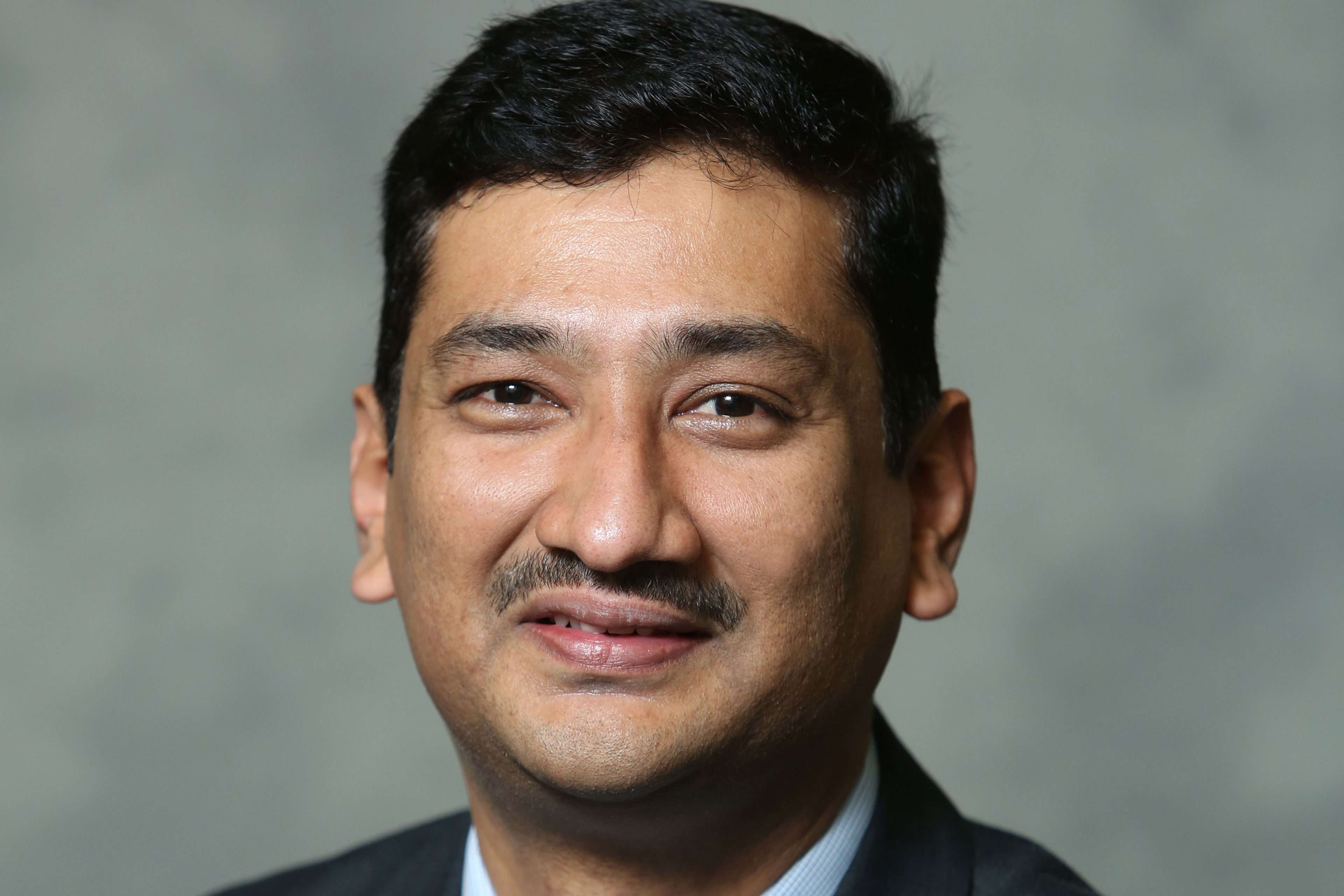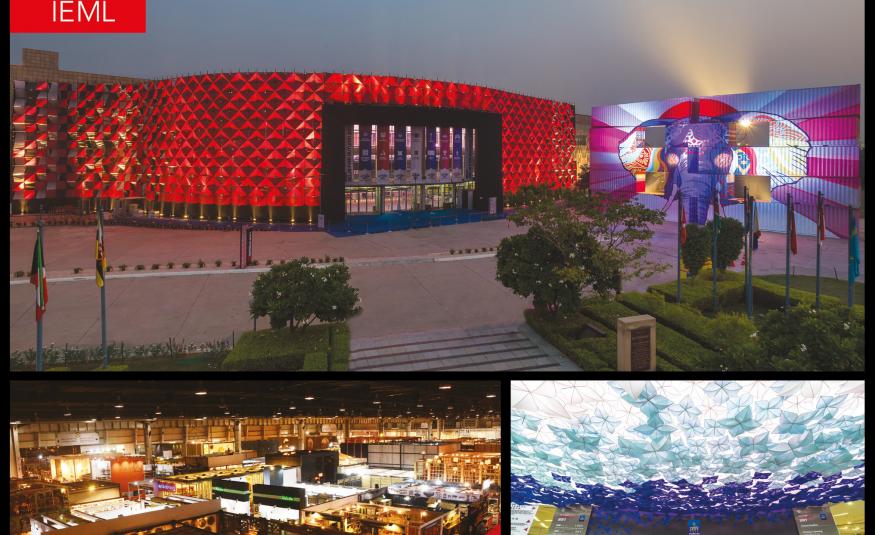EW hears from Indian Exhibition Industry Association President KV Nagendra Prasad about strong growth and initiatives designed to capitalise on some major opportunities in the country.
With the growth graph of the exhibition industry globally showing an upward swing, hopes are running high that the industry is headed for a better future.
A recent study, ‘Global Exhibition Market 2018-2023: Rising Demand for Large Event Venues and Emerging Growth Across Various Asian Nations’, released by ResearchAndMarkets.com claims the global market is projected to display robust compound annual growth rate of nearly 5% (4.97%) during 2018-2023. This will be chiefly driven by an increase in digitisation and rising marketing services spending of leading companies across the globe.
Citing drivers like the rising demand for large event venues and emerging growth across various Asian nations, the report also indicates the prevalence of digitisation as one of the potent growth drivers.
Among the regions, Asia Pacific is expected to grow at the fastest rate, mainly driven by an increasing shift in the manufacturing base of leading consumer electronics companies, an increasing focus of international companies and increasing initiatives of governments to boost their domestic industries.
Although fragmented in India, the exhibition industry is headed for unprecedented growth with opportunities galore. And, with the Indian government aligning its policies towards economic growth and making it easier to do business and invest, as well as the country’s purchasing power parity (PPP) becoming the third largest in the world, the Indian exhibition industry has a lot to bank on.

Opportunity shines
In recent times, there has been an increase in the frequency of both new tradeshows and upcoming events. The growth is also attracting new investors and players from allied industries.
The sun also seems to be shining more brightly on the Indian shore, as the country’s exhibition industry is growing fast, now boasting an annual frequency of 800+ major tradeshows with a growth rate of 10% per annum (as per IEIA’s independent study of the Indian exhibition industry in 2017), which could further accelerate to a rate of 15% by 2025 if the planned exhibition infrastructure is realised as planned over the next 3–4 years.
Indian tradeshows are also growing in size, especially the shows that are less than 10,000sqm, and half of such shows are predicted to double in size over the next five years.
In India, we have noticed the complete alignment in sectors in which shows are running compared to the sectors that the government is encouraging for growth, as per its industrial policy.
Notable sectors for tradeshows include: building and construction, aerospace and defence, chemicals, manufacturing and engineering, electrical and electronic, and mining and metals. There has also been an increase in the frequency and popularity of specialised shows being organised on niche topics and targeted at focused audiences.
Despite the strong potential, the key challenge the industry faces in India is a lack of exhibition space, currently put at around 480,000sqm (the total capacity of all purpose-built exhibition venues in India). The need to rapidly enhance venue capacity across the country could lead to 400,000sqm of additional exhibition space being made available within three years.
While the government is encouraging the development of new venues – and two new modern venues are being developed by the government in New Delhi – all around the country, existing venues, too, need to increase their capacities.
Customer centric
Interestingly, venues in India are becoming more customer focused, offering solutions and services for organisers beyond standard venue space, and offering their help to build successful shows. Some venues are offering innovative pricing options and revenue-share pricing and success-based pricing.
The growth of the exhibition business is also opening up new career options in India and this is highlighting the need for specialised training and education.
The IEIA has launched the ‘Certified in Exhibition Management’ programme in India, and so far 150 industry professionals have been trained and certified (see article in previous edition, EW2). IEIA is also in talks with universities and training institutes to launch skill development programmes so as to incorporate exhibition management in the country’s undergraduate educational syllabus.
Our association has also signed reciprocity agreements with 15 international country associations and is continuing to play a key role in developing the standards and codes that the industry should follow to enhance standards and set up benchmarks to encourage the Indian industry to adopt global best practices.





